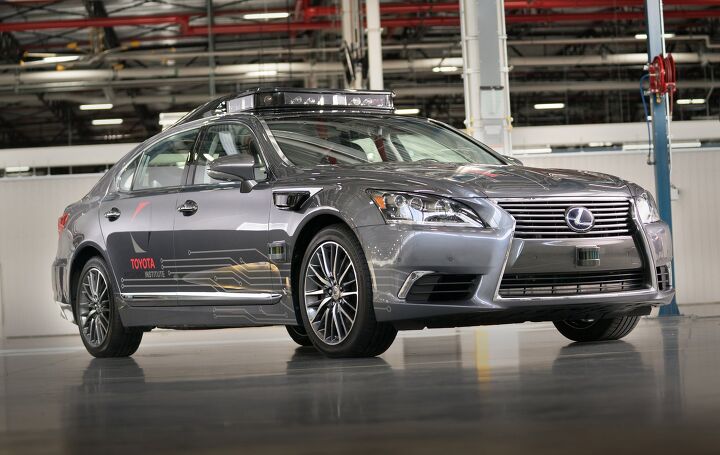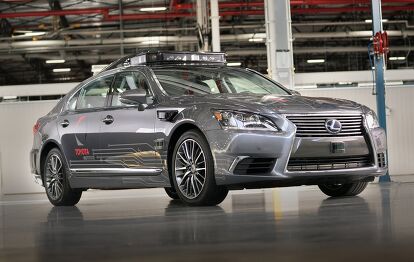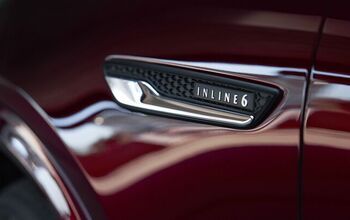Toyota's Touting Its Self Driving Car Tech at CES 2018

The Toyota Research Institute will display a new self-driving research vehicle at CES 2018 next week.
The research vehicle, which is based on a Lexus LS 600hL, uses the latest in TRI’s self-driving hardware and software and attempts to neatly integrate into the vehicle’s design. The system has been dubbed Platform 3.0 and comprises a Luminar LIDAR system with a 200-meter range and a 360-degree perimeter, along with other shorter-range LIDAR sensors. TRI also tapped Toyota’s CALTY design studio to design clean-looking, non-obtrusive sensor panels, allowing the research vehicle to look as inconspicuous as possible.
SEE ALSO: Next-Gen Tundra a Top Priority for Toyota
“Our team has once again rapidly advanced our automated vehicle research capabilities,” said TRI CEO Dr. Gill Pratt. “To elevate our test platform to a new level, we tapped Toyota’s design and engineering expertise to create an all-new test platform that has the potential to be a benchmark in function and style.”
With this research vehicle, Toyota is working toward having an autonomous car that is a “pacesetter” among automated research vehicles but also neatly blends the sensing equipment into the vehicle’s design. It also eventually wants to get the package to a point where it can be easily reproduced for fleets on a mass scale. The automaker will soon set to work building a handful of Platform 3.0-equipped Lexus LS vehicles for testing purposes, but it’s not clear when they might hit public streets.
We’ll learn more about this new autonomous test vehicle at CES next week.
Discuss this story on our Toyota forum.

Sam McEachern holds a diploma in journalism from St. Clair College in Windsor, Ontario, and has been covering the automotive industry for over 5 years. He conducts reviews and writes AutoGuide's news content. He's a die-hard motorsports fan with a passion for performance cars of all sorts.
More by Sam McEachern






































Comments
Join the conversation